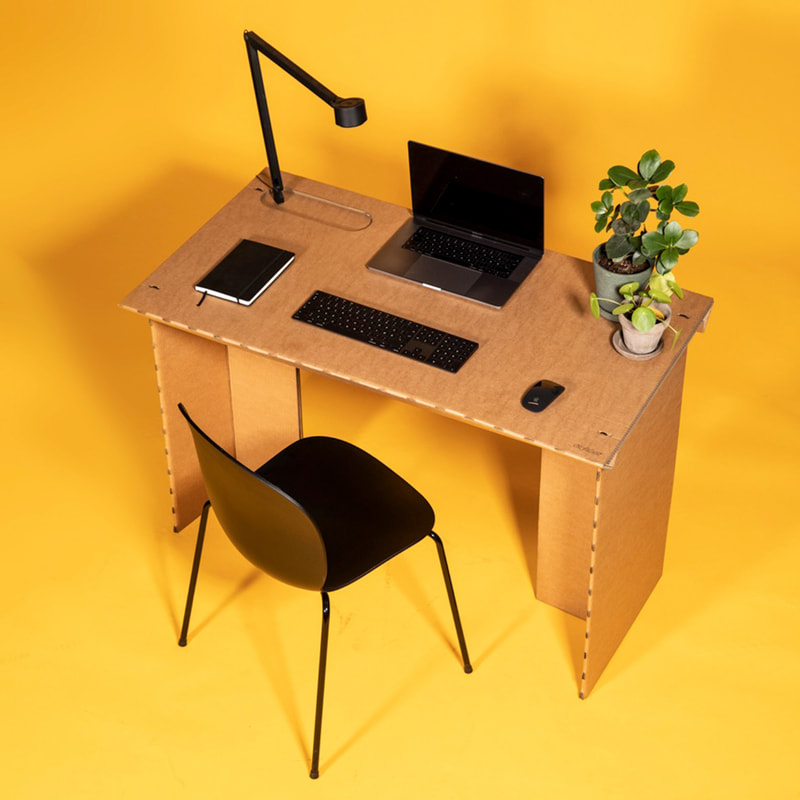Design and COVID-19. Here are several design-related inspiring initiatives, which came address the fight against coronavirus pandemic and to empowering us all. When we are living through this silence, when everyone stays in their own home, worrying about our family, our city, our economy, these people are trying to make this world a bit better.
Above:
Giorgio Armani is not only one of the most talented designers of our time (and my own favorite), and the most successful in Italian fashion, but he is also a nobleman. After donating 1,.25 mm EUR to Italy’s hospitals, the Armani Group announced last week that it has converted all of Italian production sites to manufacture medical overalls for the individual protection of health-care providers fighting coronavirus.
n seeking self- isolation and moving to work from home, disposable temporary desks are items of desire during this crisis. Stykka, the Danish company has designed one made of cardboard. This flat-pack desk, called #StayTheFuckHome can be assembled out of three pieces. Either order it online for $85, or download the template and print it out yourself.
Sir James Dyson, founder of Dyson Ltd, whose famed and stylish cordless vacuum cleaners have turned him into a celebrity and Britain’s wealthiest man, has designed a hospital ventilator for treating severe COVID-19 patients in less than ten days. A ventilator comes to support those who are unable to maintain their own airways. Dyson Ltd will produced 15,000 such units, of which 10,000 are meant for U.K hospitals, and the rest will be donated to international effort to fight against the coronavirus.
As companies in China plan to resume business, citizens were required to report their health and travel history over the past few weeks. A new health barcode was established and implemented. Every citizen receives a code on their mobile phone: yellow means a seven-day quarantine is required; red requires a 14-day quarantine; green barcode means that one can move freely. The city of Hangzhou, the first to implement this new system has already reported over 6.5 million codes.
For those looking to make their own masks, German-Namibian designer Max Siedentopf created a series of masks made of found, handy, everyday objects, entitled ‘How-To Survive A Deadly Global Virus.’ Among the materials he used are underwear, vegetables, and bags, in addressing the global need for face masks for protection against the virus.






